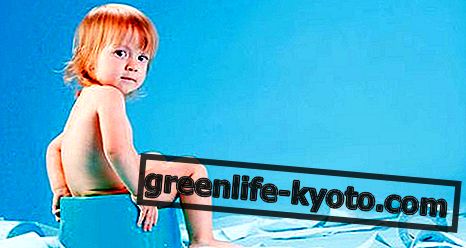
Climate change and animals
The more the climate changes the animals, the ecosystems, nature suffers and d is forced to reinvent new forms of survival.
Among wolves arriving in built-up areas, bats in extinction and wild boar in supernumerary, mammals do not get along better at the pole.
The still white but skeletal polar bears have made the rounds of environmental sites and social networks, also denouncing through their sad images their current state, their condition.
Things are not changing, nor are they improving, on the contrary . As announced by the ANSA agency in February this year, climate change is weakening and making polar bears increasingly fragile and hungry.
The Great North sea ice melts and the big cold mammal no longer gets enough food to satisfy its enormous energy needs: we try to understand all the connections.
New study on bears
The journal Science has recently published a study that collects data on the metabolism of these animals at risk. This is a research conducted by the team of biologist Anthony Pagano who is monitoring the situation of polar bears in their habitat.
Here is a first video that tells the story of this work on bears and offers amazing images of these animals among the ice.
Through the body cam, a video camera positioned on the animal's body, the team of researchers has "lived" in close contact with polar bears and analyzed many of their everyday behavior, otherwise undetectable, also considering the extremely hostile environment in which they live.
In particular, this most recent study, reported in a surprising documentary, found the energy expenditure of an adult female polar bear at the Beaufort Sea, in the Arctic Ocean, relative to its habitat behavior in different seasons.
This research was important for identifying and examining the new living conditions of these bears, how climate change, the melting of the ice and therefore the environment has effects on them.
Polar bears without energy
As the study published on the University of Santa Cruz in California, which led the research, reveals, polar bears find it increasingly difficult to get enough food - in the form of seals for example - to satisfy their energy demand.
With a very accelerated metabolosm, 50% higher than previously believed, bears would need food that is rich in fat, but they cannot find it, so they lose energy and become increasingly lean.
As Pagano himself said: " We have documented the decline in the survival rate of the polar bear, its physical condition and the number of specimens in the last ten years" the researcher says "this study identifies the mechanisms that are leading to the aforementioned decline, observing the current energy needs of polar bears and how often they are able to hunt seals. "
In fact, five of the nine bears examined in the study have lost body mass, which means that they have been unable to hunt enough fat-rich marine mammals to meet their energy needs.
Climate change affects bears
It is known that climate change and the melting of ice are having devastating effects, particularly in the Arctic, where polar bears are forced to travel even longer distances to get food.
In the Beaufort Sea in particular the ice is retreating, breaking away from the continental cap, so many bears move north.
For these movements, the large white mammals consume much more energy during the summer season. They are therefore no longer lazy hunters waiting for their prey to sit, as before, but they are becoming predators on the move, which is changing their physiological structure considerably.
The group of researchers also estimated that in the last ten years the population of polar bears around the Beufort sea has fallen by about 40% .
Read also Racing Extinction: the documentary on anthropogenic extinction >>













